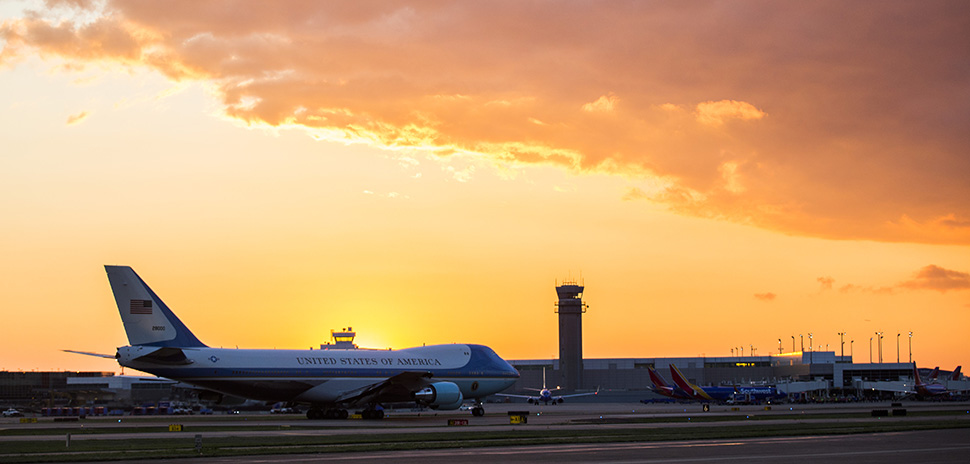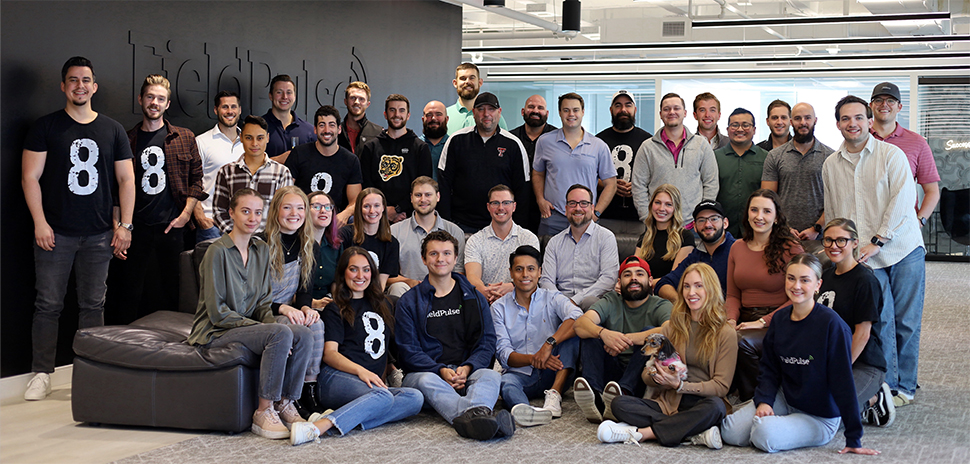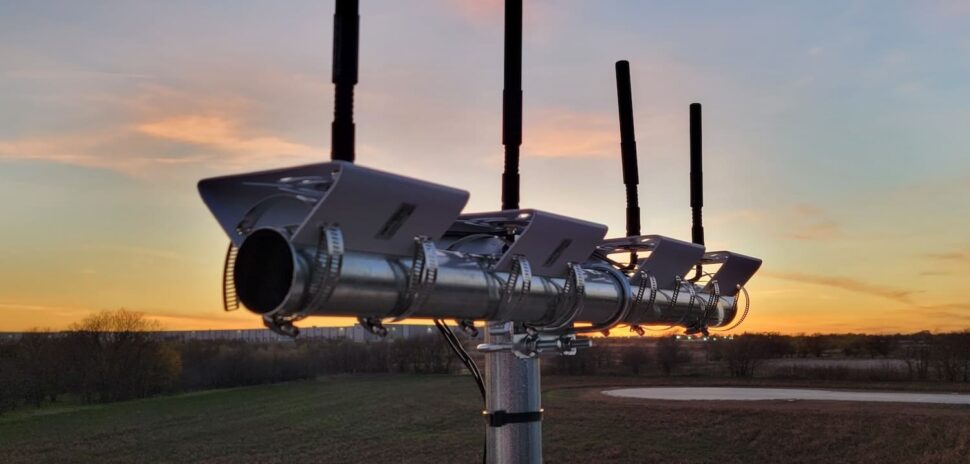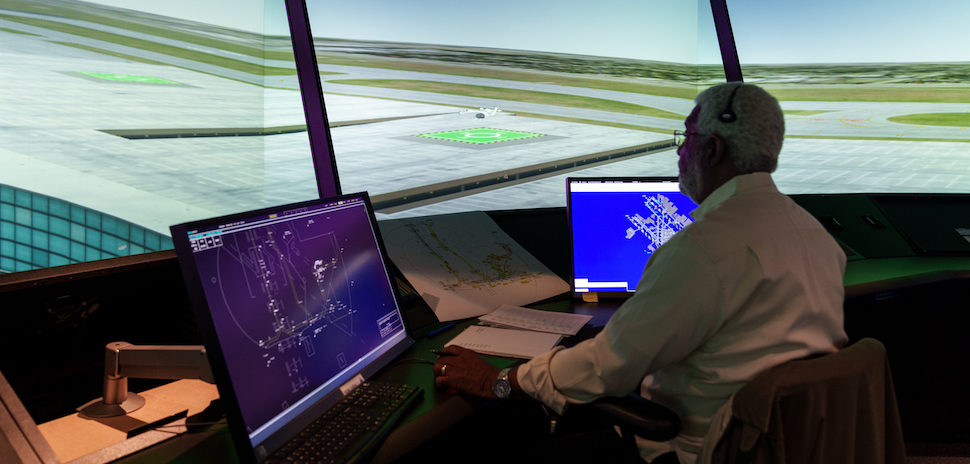Recent close calls between airborne and taxiing aircraft at U.S. airports has led to an increased focused on the need for reducing such incidents—by ensuring that aircraft remain safely spaced at all times. That begins with making sure that air traffic controllers know what’s happening on the runways, and Dallas Love Field is now at the forefront of this with newly installed techology.
Madrid, Spain-based Indra—which has equipped more than 11,000 air traffic facilities worldwide—has completed the initial deployment of its Surface Awareness Initiative (SAI) system at Love Field.
Indra’s technology, called AeroBOSS, aims to improve air traffic control situational awareness and reduce the risk of runway incursions, which the company says “have increased globally” in recent years.
Blending cutting-edge surveillance tech with 5G data networks
The solution deploys ADS-B surveillance technology to receive data on an aircraft’s position and satellite connections. Then it uses 5G networks to transmit that data and report surface aircraft movements to air traffic controllers.
The company says its SAI system “allows air traffic controllers to obtain a comprehensive picture of the situation and the position of aircraft on the tarmac and runway to effectively prevent incidents and ensure airport and passenger safety.”
Javier Centeno, superintendent of airside operations at Love Field, told Fox 4 DFW the new technology “will actually let the air traffic controllers see the aircraft on the ground on the radar. See them all the way to the runway.”
According to Fox 4 DFW, as of last week, Love Field is one of four airports in the nation equipped with the new SAI system.
Indra said it expects large and medium-sized airports across the U.S. to adopt its technology “in the coming years. ” Additionally, the company has renewed its exclusive agreement to supply the FAA with DME systems, which guide aircraft during their approach to the airport and along their routes. Indra said it has already delivered over 250 sets of the equipment to date.
Indra also provides air navigation aid systems to the U.S. Air Force and the U.S. Navy.
![]()
Get on the list.
Dallas Innovates, every day.
Sign up to keep your eye on what’s new and next in Dallas-Fort Worth, every day.





























